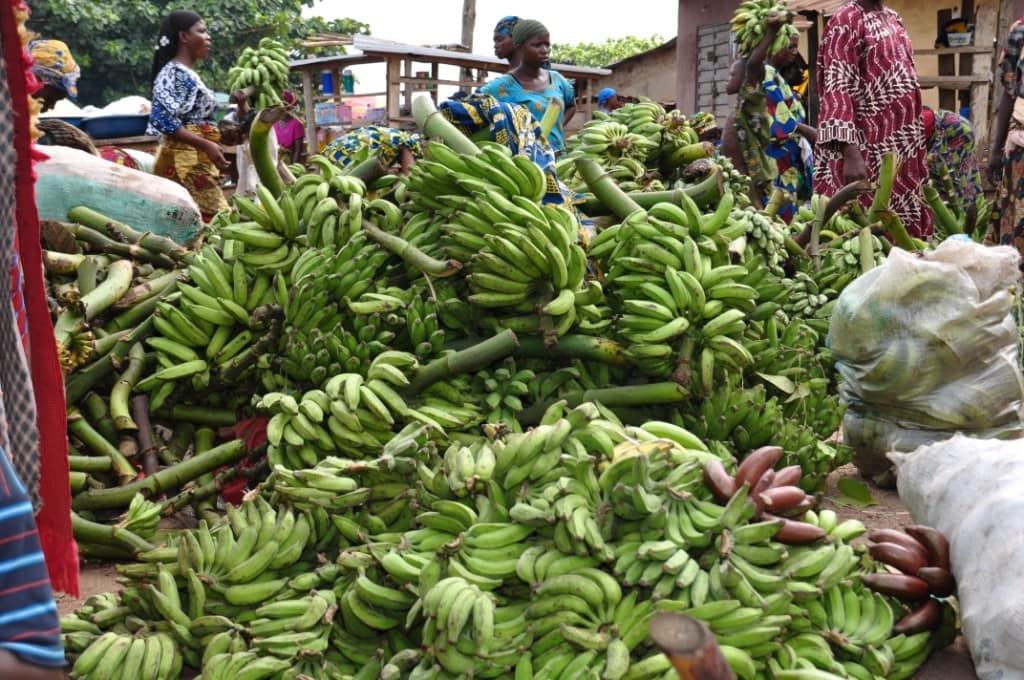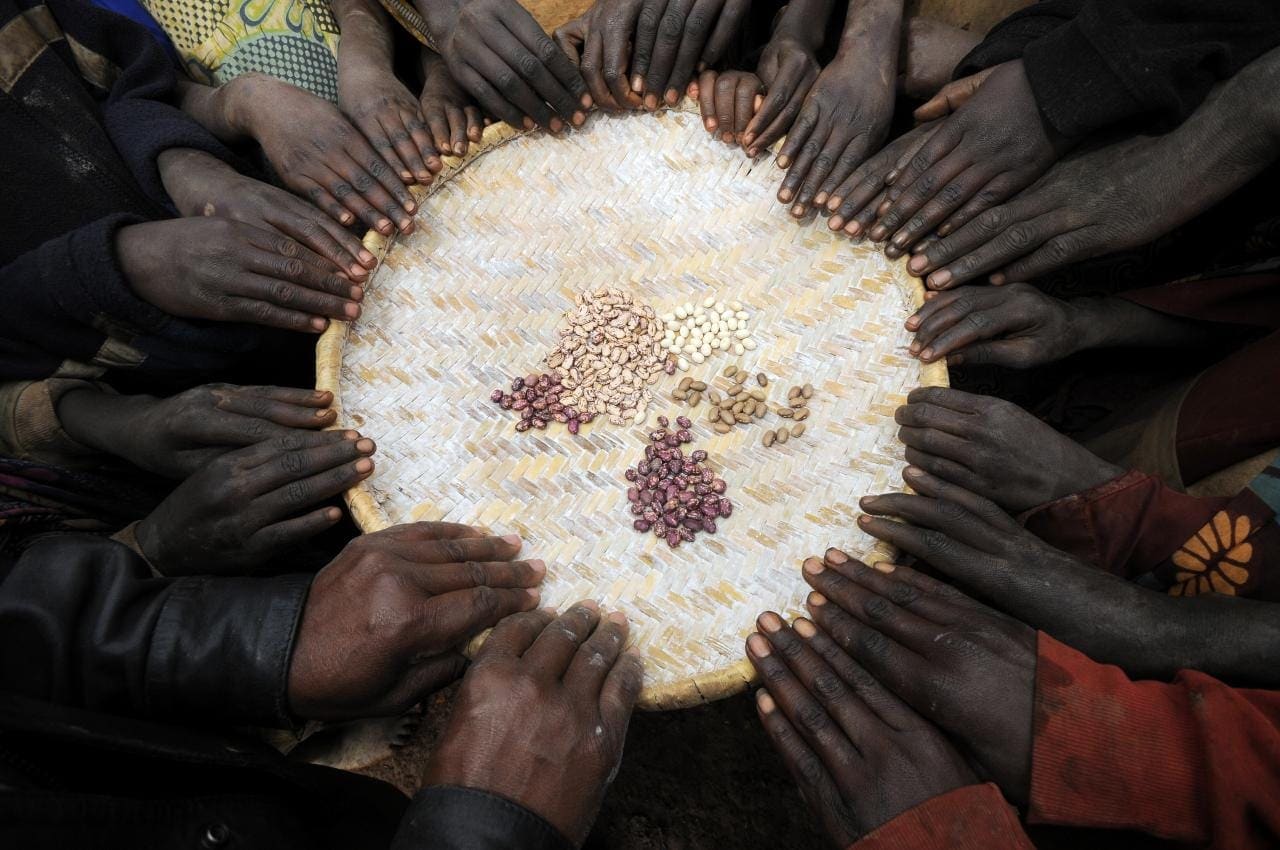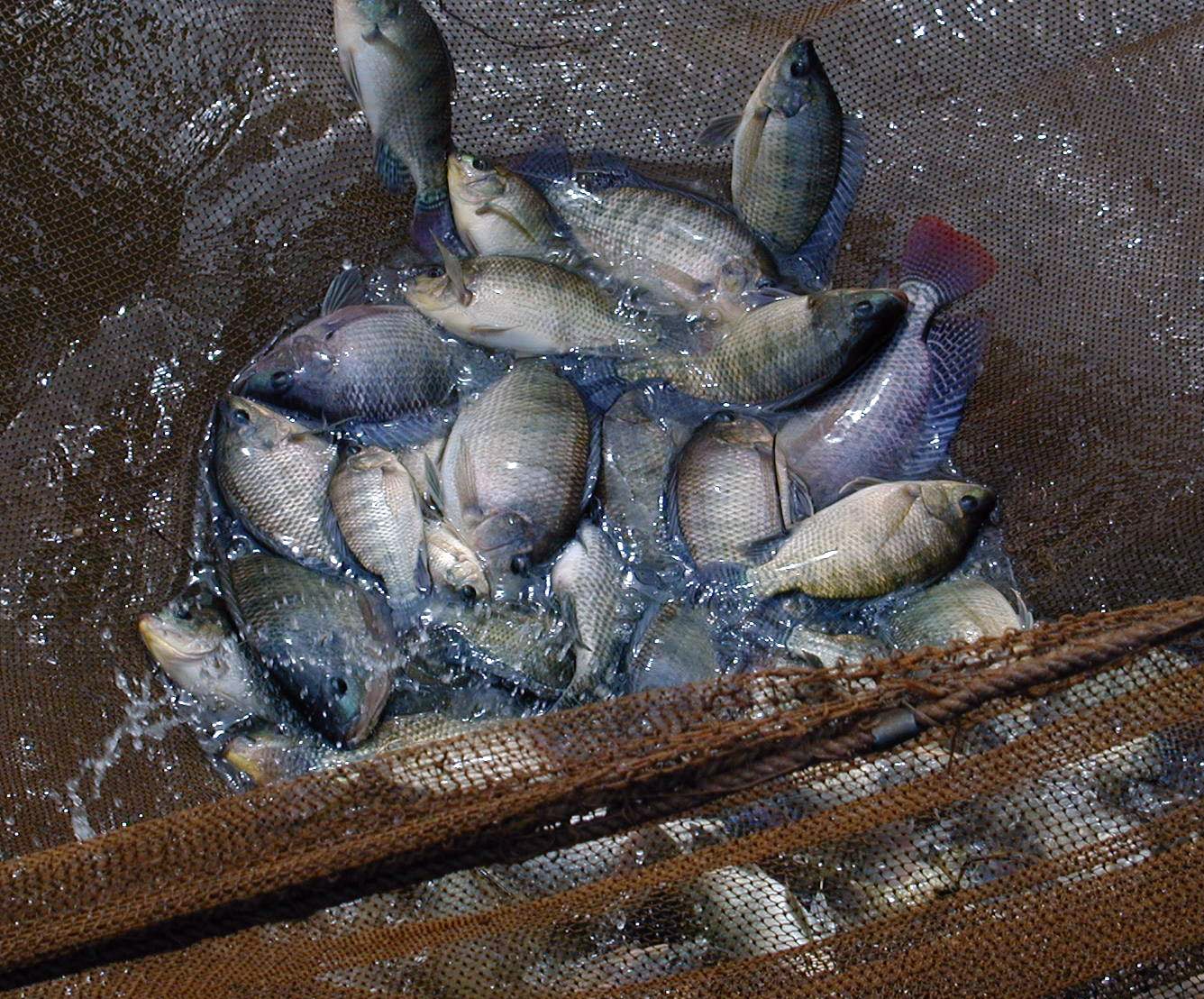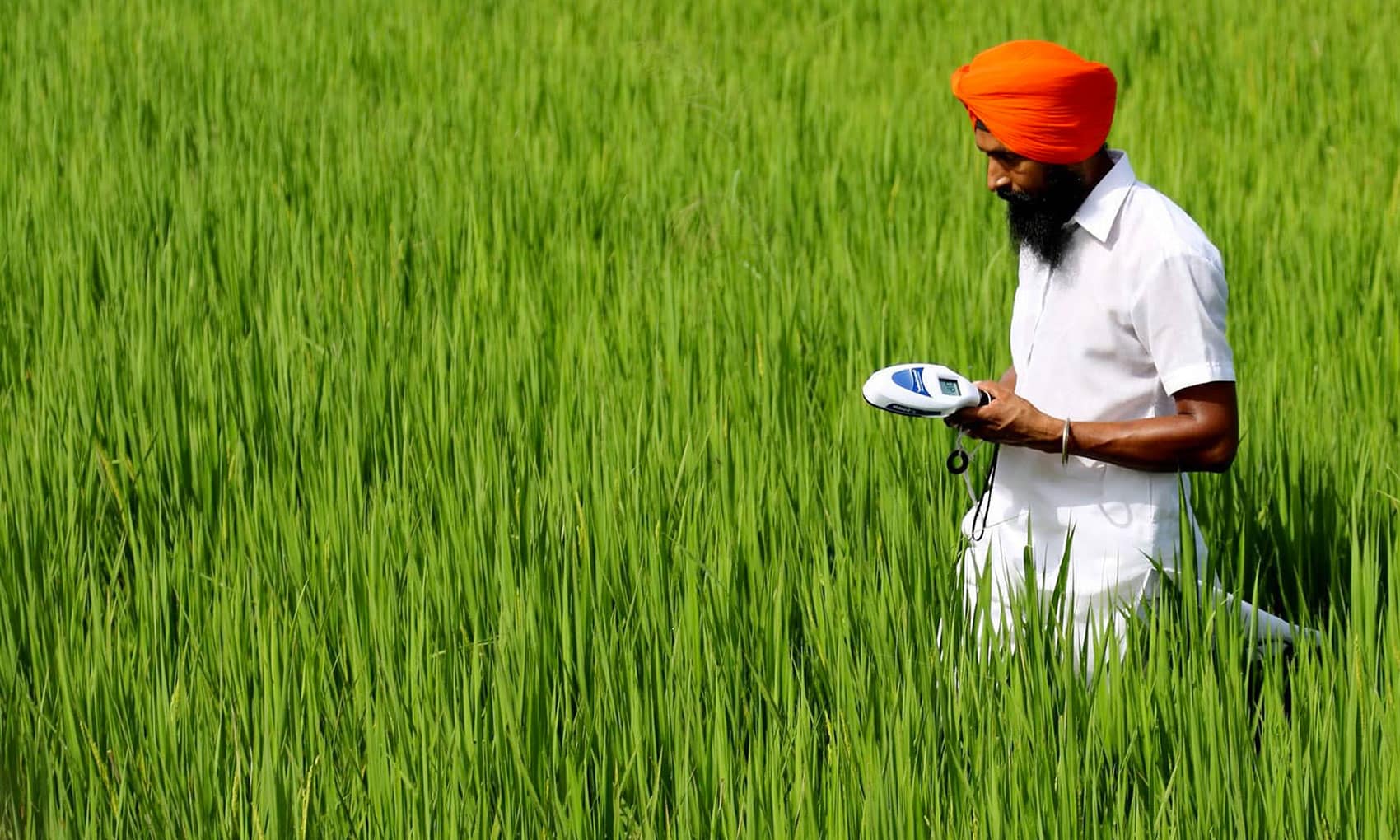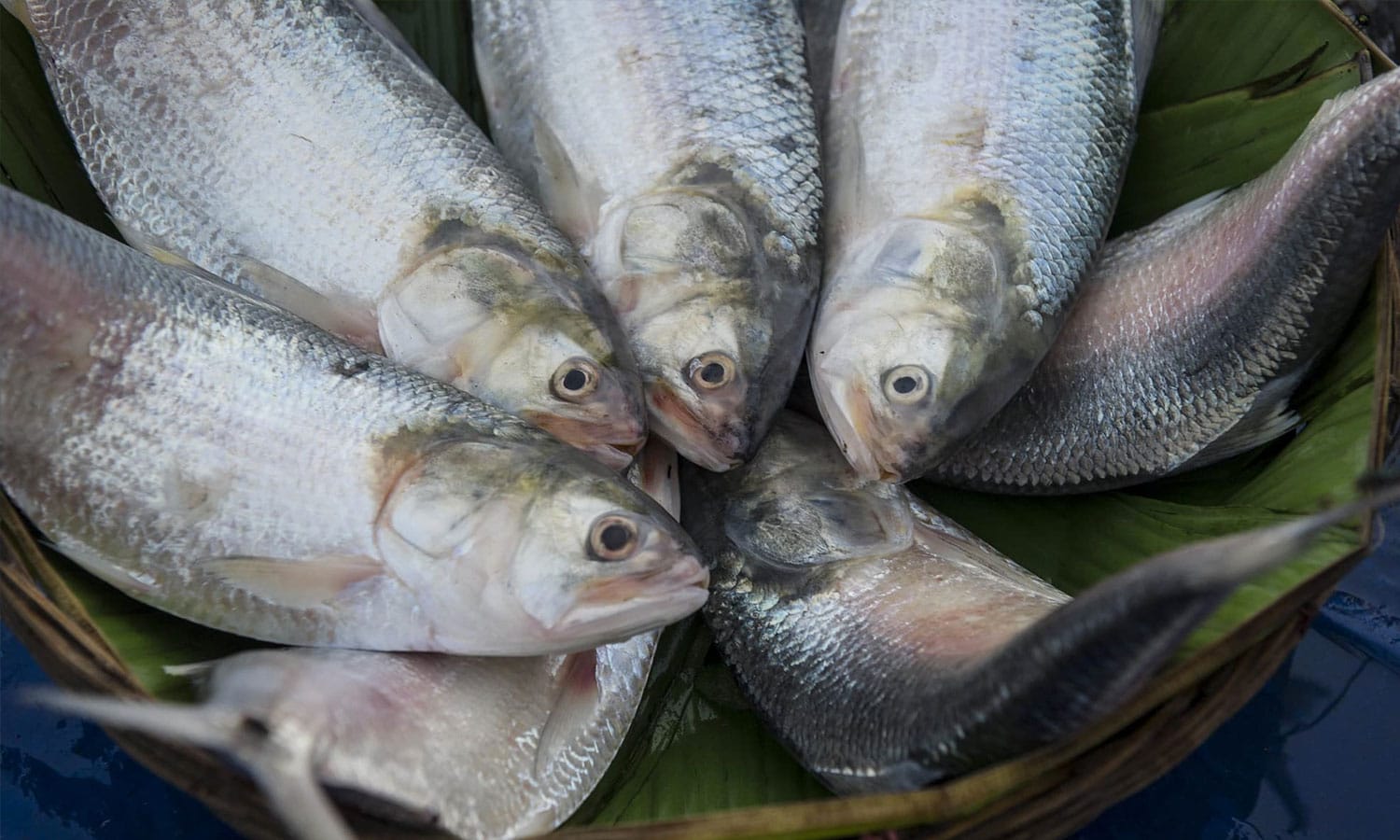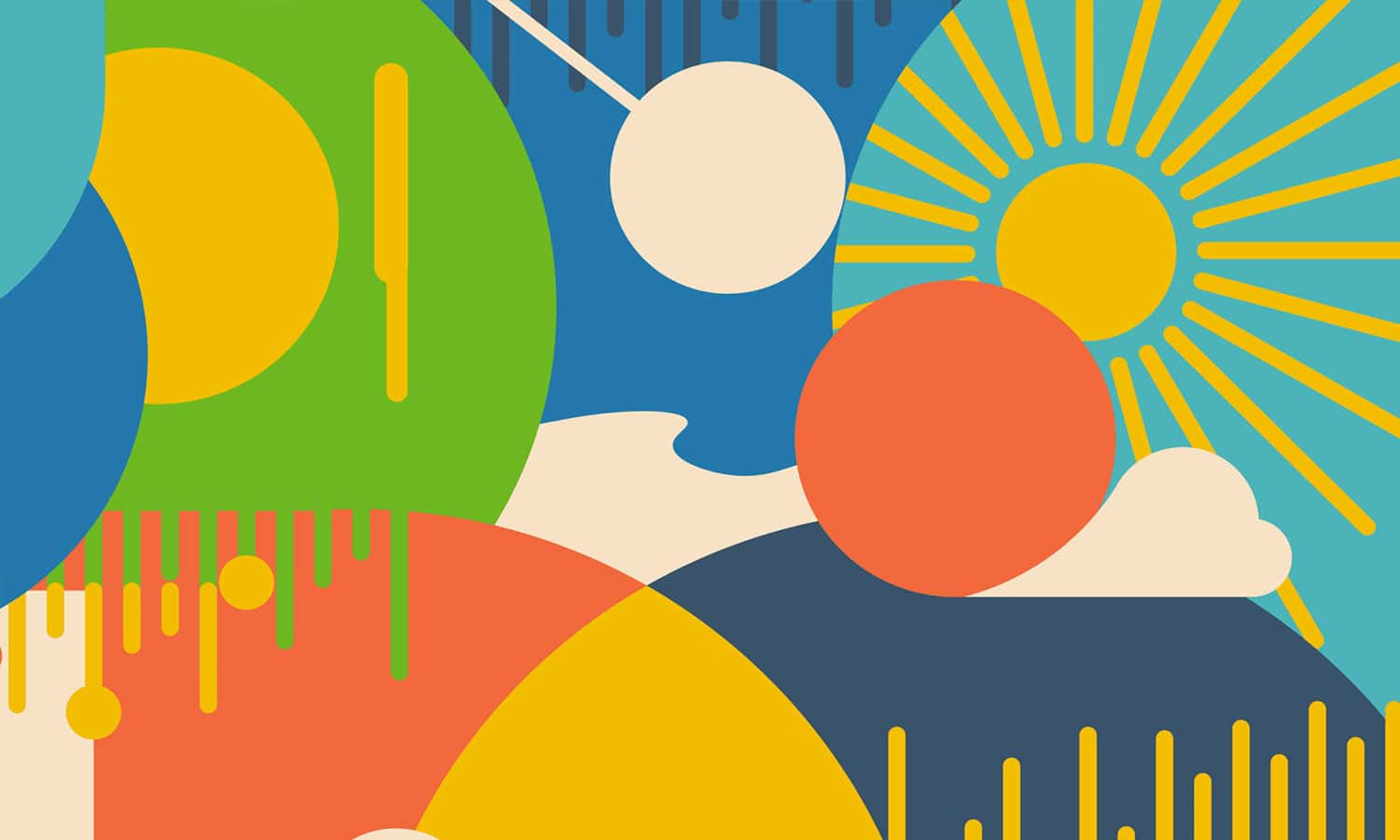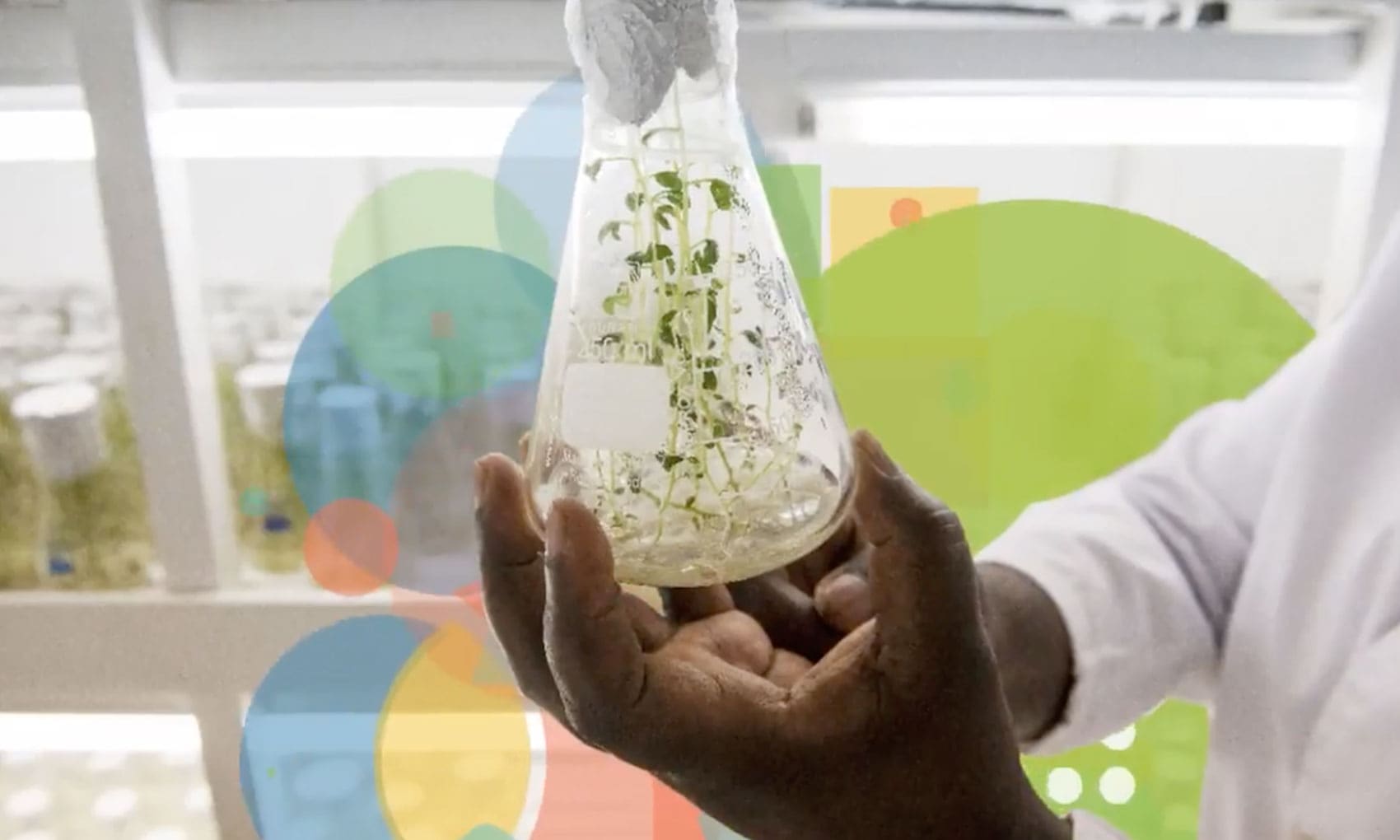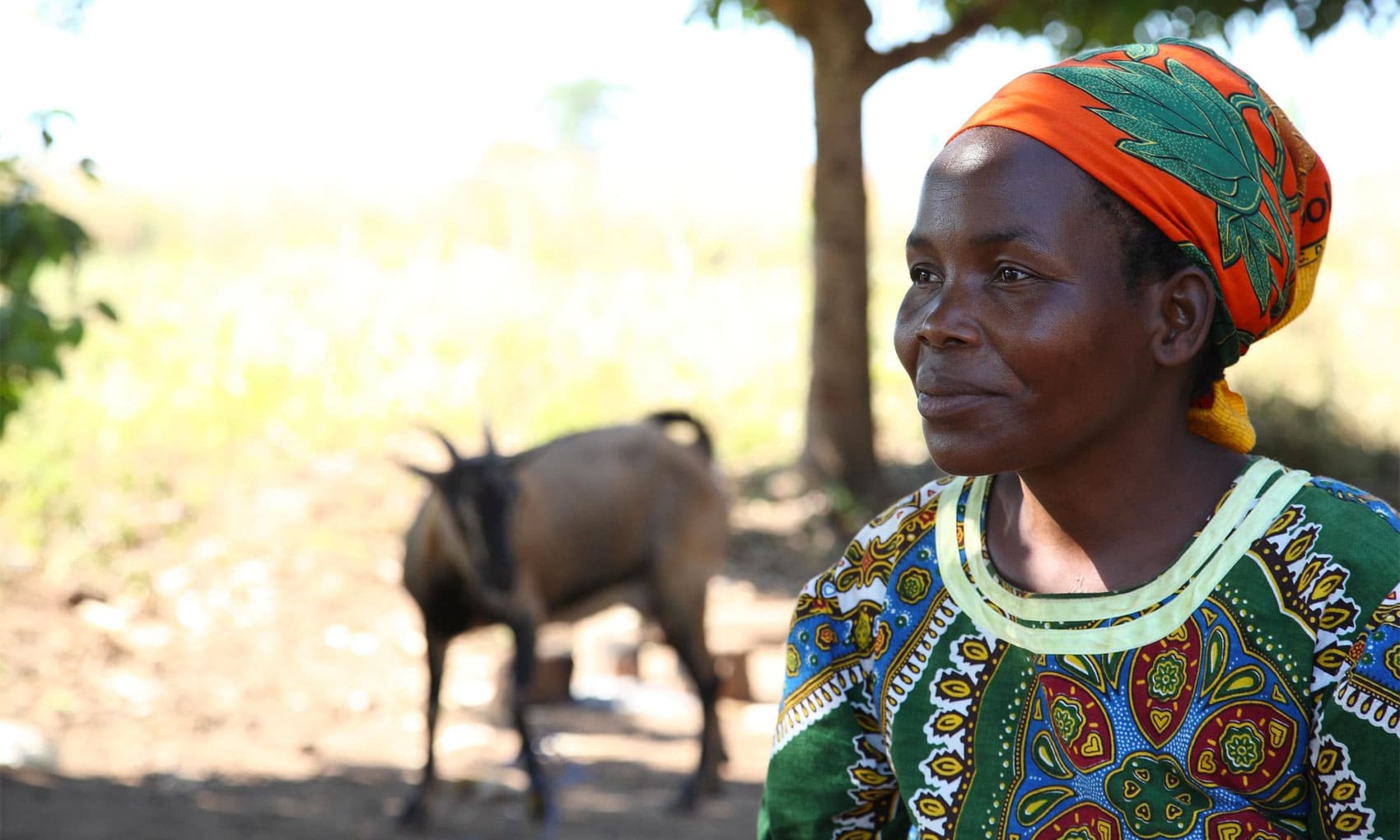Plantain and highland cooking bananas are important staple crops in West-Central Africa and Eastern Africa, respectively. They play an essential role in food security, enhanced livelihoods, and resilient agricultural systems.
But breeding bananas and plantains was for a long time considered impossible due to sterility and triploidy – containing only vestigial seeds, they are unable to sexually reproduce. This poses challenges for the development of improved varieties able to withstand threats such as black sigatoka, a common and highly destructive leaf spot disease.
About 12.4 million tons of plantains and 9.8 million tons of highland cooking bananas were produced in Africa in 2018
In 1987, CGIAR scientists at IITA finally found a way to breed several black-sigatoka-resistant plantain hybrids, demonstrating that banana breeding is in fact possible, through a combination of conventional and novel methods. Their achievement earned IITA the International King Badouin Award in 1994.
Building on this success, the researchers started a breeding program in the mid-1990s for matooke, a starchy highland banana that is a staple in Uganda. Together with the National Agricultural Research Organization (NARO) they were successful in producing high-yielding, resistant matooke hybrids.
NARO became the first national program in Africa to officially release a banana variety bred in Africa. The banana breeding program of NARO is now internationally recognized as the strongest national banana program in Africa. To support the breeding program, other genetic studies are being conducted, including biotechnology approaches.
Another plantain hybrid, called PITA, was registered in Côte d’Ivoire in 2016 and has since become popular among growers in Mali and Burkina Faso.
CGIAR-bred bananas and plantains have proven to be not only resistant to disease, but also highly productive. The estimated genetic gain, or annual yield increase, for matooke bananas is 1.4%, reaching up to 2.5% for hybrid plantains – well above the target 1% set for all CGIAR crop breeding programs. Improved matooke bananas have shown an increase in bunch weight of 136% compared to their hybrid parents, or 249% compared to the original matooke variety – the largest relative increase among all of the main food crops. These were among the successes highlighted by the Musa breeding program as “Stories of Excellence” shared at the CGIAR Excellence in Breeding Platform’s 2020 annual meeting.
The improved varieties are now being finetuned through ongoing research using a digital application called the Banana breeding Tracking Tool, or BTracT, which uses QR codes to monitor in real time every stage of the breeding process – tracking performance from the laboratory to the field, and even how the produce tastes on the plate. The real-time data is stored and handled through MusaBase, an online open-access database supporting collaborative research and development.
About 12.4 million tons of plantains (93% from West-Central Africa) and 9.8 million tons of highland cooking bananas (all from Eastern Africa) were produced in Africa in 2018. Estimates from 2018 production data suggest that about 3.2 million farming households in Africa depended on plantain, while 2.5 million farming households depended on highland bananas.
Header photo: Harvest bananas ready for sale. Photo by IITA.


